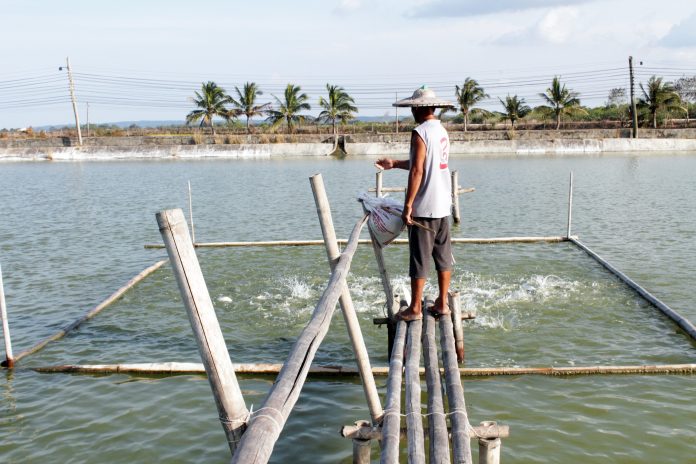
ILOILO City Heeding to the long standing call of fish farmers, SEAFDEC/AQD is now putting the development of alternative feed using local ingredients in its priority list of activities.
Feed cost is a major component in aquaculture comprising about 60 percent of the total production cost. It is the most important constraint to increase aquaculture production.
SEAFDEC/AQD will bring out this matter during the 50th Meeting of SEAFDEC Council on 26-30 March 2018 in Siem Reap, Cambodia. AQD expects full support and cooperation of all member countries as it concerns them too. Alternative, low-cost and sustainable ingredients can improve fish growth, survival, production and eventually boost the income of small scale farmers throughout the entire Southeast Asia.
In view of this, SEAFDEC/AQD will lead in the assessment of ingredients around Southeast Asia in terms of availability, sourcing sustainability, nutritional requirements, proper use of ingredients and cost-effectiveness. The information will be compiled and shared in an easy-access database through a website. This will eventually lead to the selection of specific ingredients in the country and promote its mass production to create sustainable sources.
“Knowing that an ingredient for a more sustainable and low-cost feeds are available locally is going to change the mood of feed production market and the entire aquaculture industry,” said Dr. Edward Roger Mamauag, a scientist and Head of SEAFDEC/AQD Technology Verification Section. “This is a step-forward to address the recurring issue of finding the ideal feeds for local aquatic commodity,” he added.
The use of indigenous feed resources or even agricultural wastes are now being tapped to reduce production costs and subsequently increase profit. It can also be expected to put value to those considered agricultural wastes and add value to indigenous resources which have either little or no productive use at all. This way it can help boost fish production./PN



